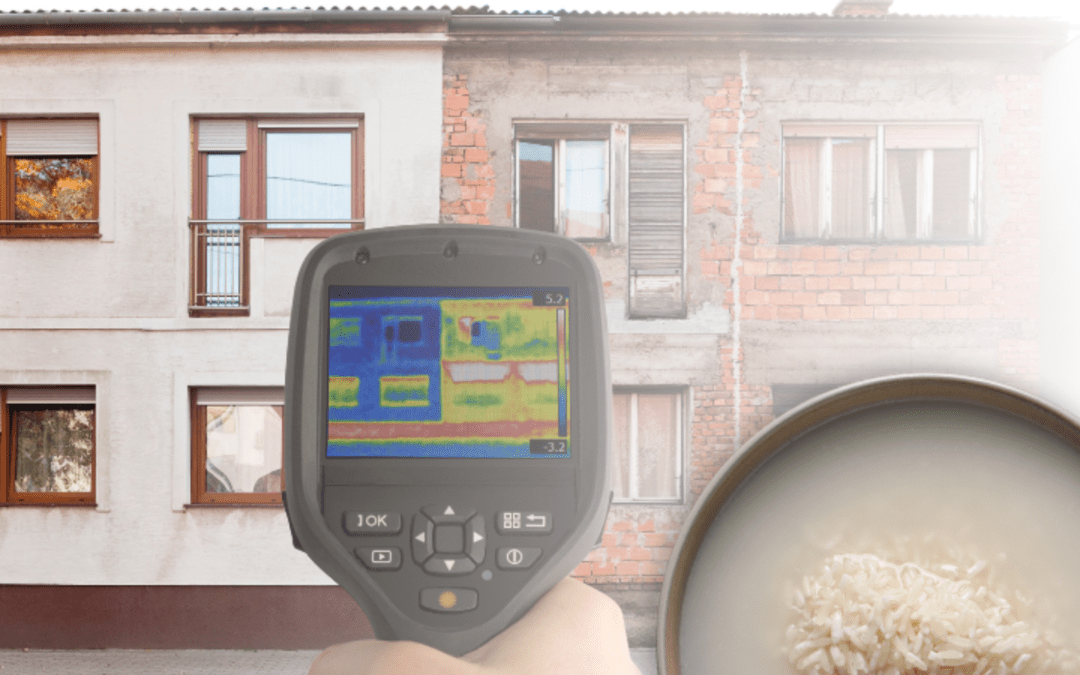INTRODUCTION:
The energy efficiency of a building is the extent to which the energy consumption per square foot of floor area of the building is measured up to established energy consumption benchmarks for that particular type of building under defined climatic conditions
Lighting and HVAC system is up to 75% of total energy consumption. As a result, any design option for a lower-cost system is preferred.
VRF system LED light which helps to reduce expenses
Lighting and HVAC systems account for up to 75% of total energy consumption. As a result, any design option that lowers the cost of these systems is always preferred. Variable refrigerant flow systems and LED lighting may help reduce expenses, but optimizing the building itself would be more effective.
WHY ENERGY EFFICIENCY IN BUILDINGS IS IMPORTANT?
- The main benefit of measures to improve energy efficiency in buildings is lower energy costs but there are usually other benefits to be considered too.
- Energy efficiency measures are meant to reduce the amount of energy consumed while maintaining or improving the quality of services provided in the building.
BENEFITS OF ENERGY EFFICIENT BUILDINGS:
Sustainability and environmentally focused MEP design is the process necessary to improve building energy efficiency. In this type of MEP design will maintain the building’s original structure with minimal changes and interruptions.
The following things are considered for updating the building:
1. Energy Modelling
“Energy modeling allows designers to push the envelope with less risk,”. Building energy modeling also helps engineers “avoid over-designing systems, adding to wasted resources, energy, and costs,”
This procedure entails doing a virtual analysis to identify problem areas of the building energy use and assess and examine enhancement options.
2. Retrofit Windows
- .It can be expensive to replace outdated windows. However, Retaining them could be both environmentally and energy inefficient, using a cellular shed, insulating shed, and Strome windows to replace them helps to prevent air leaks and increase ventilation.
- Caulking and weather stripping are also excellent ways to start it come to conserving energy.
3. Measuring Building Energy Quotient
- Building EQ Portal provides a quick energy analysis that benchmarks a building’s energy performance.
- Building EQ assists in the preparation of an ASHRAE Level 1 Energy Audit to identify means to improve a building’s energy performance including low-cost, no-cost energy efficiency measures and an Indoor Environmental Quality survey with recorded measurements to provide additional information to assess a building’s performance.
4. Upgrade the HVAC System
- By upgrading your HVAC system, you will be able to improve the comfort of your home.
- New HVAC systems are more efficient at treating the air that passes through it to provide cleaner, healthier air.
- Clean air can reduce allergy and asthma systems as well as reduce the amount of dusting you need to do.
5. Renewable Energy
- Buildings with passive solar building designs naturally use the sun’s energy for free-of-charge heating, cooling, and daylighting. This reduces the need to consume energy from other sources and provides a comfortable environment inside
- Renewable energy sources can be utilized from the sun with active and passive methods for heating, cooling, ventilation, natural lighting, and obtaining hot water. Wind energy is also utilized in ventilation and cooling with active and passive systems. Geothermal energy can be used for heating and cooling purposes.
Brunswick Engineering has been offering Mechanical, Electrical, Plumbing & Fire Protection Engineering design services to both the public & private sectors. Registered Professional Engineers in the state of NJ, NY & PA, as well LEED Accredited Professionals, Design Engineers, and CAD Draftsmen/Technicians.

